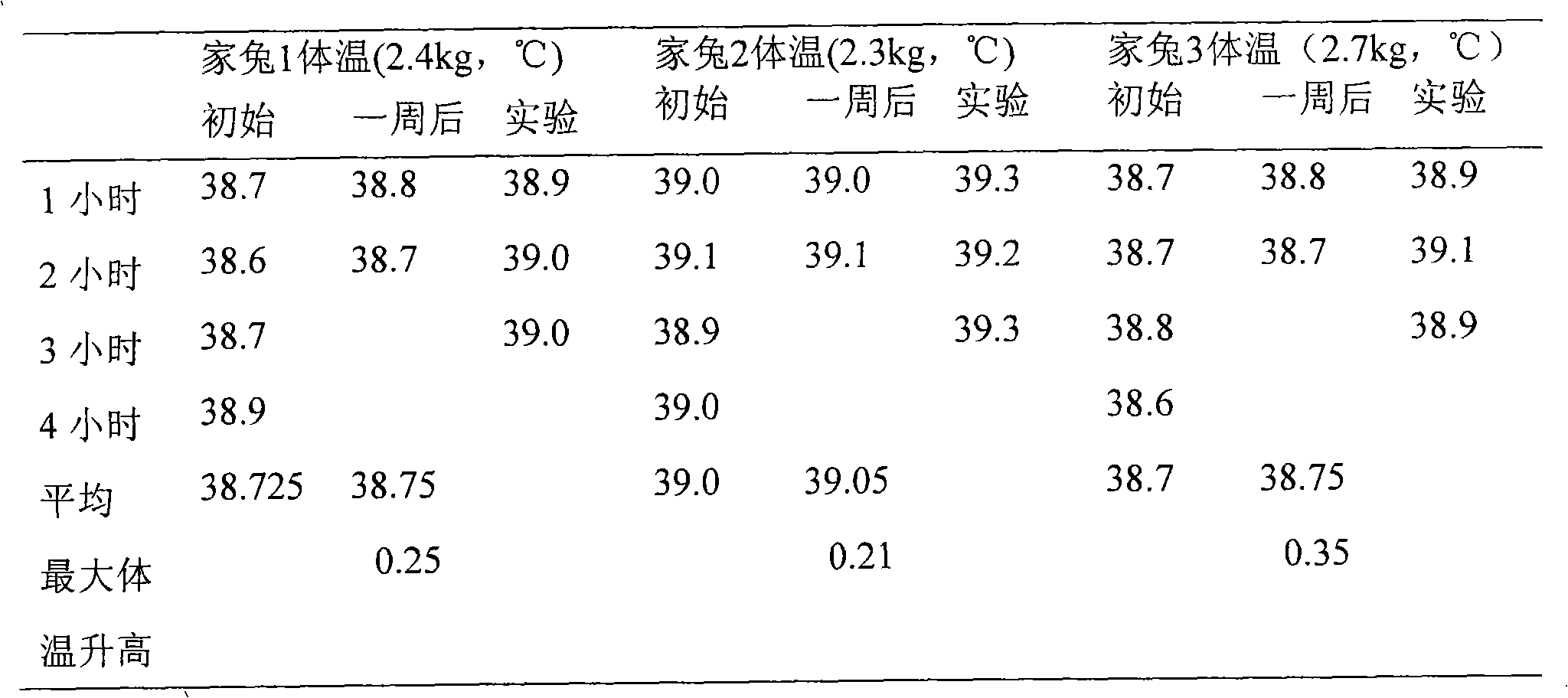Process for producing homogeneous decalcification bone matrix material nano-DBM
A technology of demineralized bone matrix and allografts, applied in prosthesis, medical science, etc., can solve problems such as poor biomechanical properties, differences in osteoinductive osteoconduction performance, and failure of bone grafting, so as to achieve easy material acquisition and solve bone fusion Poor effect, good biocompatibility effect
- Summary
- Abstract
- Description
- Claims
- Application Information
AI Technical Summary
Problems solved by technology
Method used
Image
Examples
Embodiment 1
[0026] Embodiment 1: prepare rabbit nanometer DBM
[0027] 1. The rabbit DBM bone block was prepared by the modified Urist method, and the steps were as follows:
[0028] 1) Materials: 1 New Zealand rabbit (provided by the Animal Experiment Center of the Second Military Medical University, the same below), 100g of fresh rabbit bone was routinely taken, the periosteum and all soft tissues were removed and split into bone pieces, the bone marrow was scraped off and purified with aseptic Rinse repeatedly with water, dehydrate in absolute ethanol for 2 hours, degrease with ether for 1 hour, and dry overnight in a ventilated place, then freeze-dry the bone in a -80°C refrigerator for later use;
[0029] 2) Preparation of DBM bone blocks:
[0030] (1) Degreasing:
[0031] Soak the above bones in 100ml of absolute ethanol for 2 hours in order to remove the ethanol; add 100ml of ether to soak for 12 hours and remove the ether; rinse with distilled water for 3 times to remove the eth...
Embodiment 2
[0040] Embodiment 2: preparation mouse nanometer DBM
[0041]20 mice (provided by the Animal Experiment Center of Second Military Medical University, the same below), male or female, weighing 25-30 g. 50 g of bone was routinely taken, and the modified Urist method was used to prepare allogeneic DBM bone blocks and make nano-DBM. The method was the same as in Example 1, and 12 g of nano-DBM was obtained.
PUM
 Login to View More
Login to View More Abstract
Description
Claims
Application Information
 Login to View More
Login to View More - R&D
- Intellectual Property
- Life Sciences
- Materials
- Tech Scout
- Unparalleled Data Quality
- Higher Quality Content
- 60% Fewer Hallucinations
Browse by: Latest US Patents, China's latest patents, Technical Efficacy Thesaurus, Application Domain, Technology Topic, Popular Technical Reports.
© 2025 PatSnap. All rights reserved.Legal|Privacy policy|Modern Slavery Act Transparency Statement|Sitemap|About US| Contact US: help@patsnap.com



